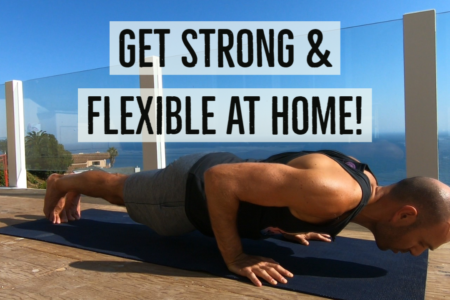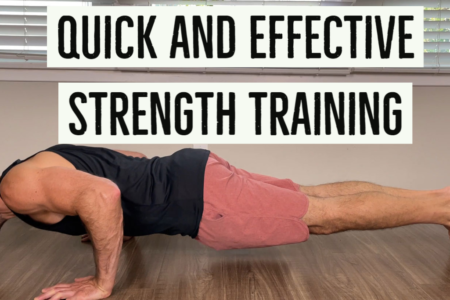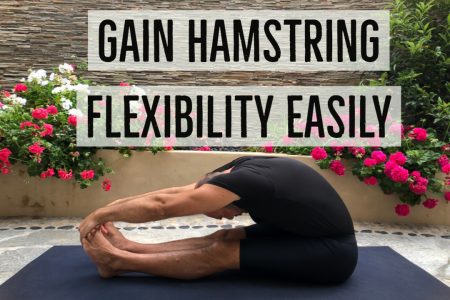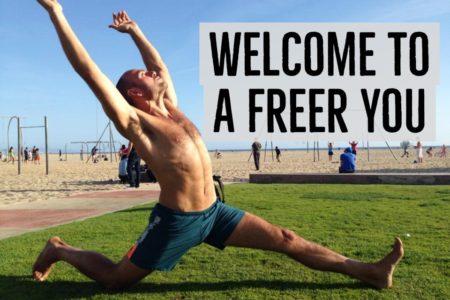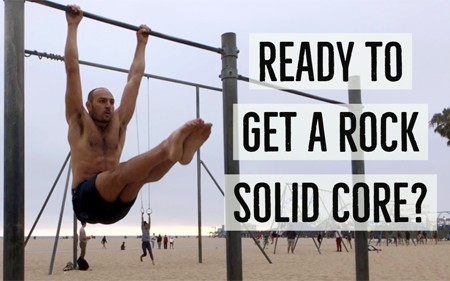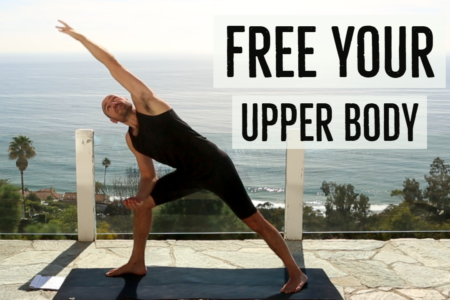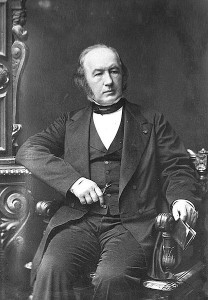 First here’s an introduction to our hero’s. To your right you will see Claude Bernard (1813 – 1878). Happy, smiling, jovial, buoyant, raconteur Claude Bernard. He is regarded as the father of modern physiology. He reformed the entire study of physiology at the University of Paris. In fact there’s a boulevard named after him. One of the most famous individuals in microbiology is Louis Pastor, also a Frenchman, with boulevards named after him too. Claude Bernard said the body seems to stay constant with its body temp, pH, sugar levels and called it the “constancy of the internal milieu.”
First here’s an introduction to our hero’s. To your right you will see Claude Bernard (1813 – 1878). Happy, smiling, jovial, buoyant, raconteur Claude Bernard. He is regarded as the father of modern physiology. He reformed the entire study of physiology at the University of Paris. In fact there’s a boulevard named after him. One of the most famous individuals in microbiology is Louis Pastor, also a Frenchman, with boulevards named after him too. Claude Bernard said the body seems to stay constant with its body temp, pH, sugar levels and called it the “constancy of the internal milieu.”
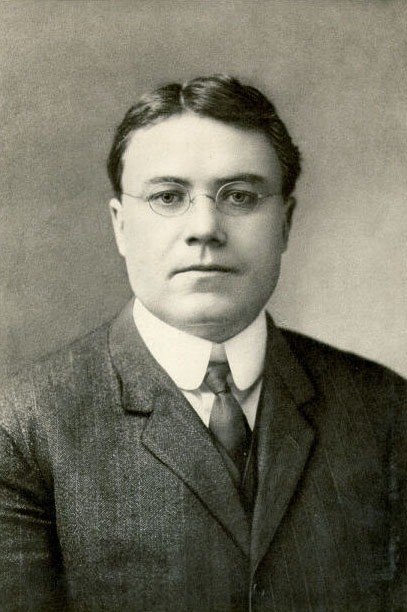 On the left here is Walter B. Cannon (1871 – 1945) who was an American who traveled to study next to the great Claude Bernard and really developed modern physiology. Water B. cannon wrote the classic book on physiology called “The wisdom of the body” and introduced the word homeostasis which means constant state.
On the left here is Walter B. Cannon (1871 – 1945) who was an American who traveled to study next to the great Claude Bernard and really developed modern physiology. Water B. cannon wrote the classic book on physiology called “The wisdom of the body” and introduced the word homeostasis which means constant state.
Much of physiology is the description of homeostatic reflexes. What is a homeostatic reflex? An automatic, stereotyped (means typical) response to a “stimulus.” There are both innate (built-in) and learned homeostatic reflexes.
Some examples of innate homeostatic reflexes:
Body temperature (37°C or 98.6°F)
Blood pressure (normal is around 120/75mmHG)
Breathing rate (15 breaths/minute)
pH (7.35-7.45, anything lower is acidosis, higher is alkalosis)
O2 level (100mmHg)
Blood sugar level (100mg of glucose/dL of blood)
Example of learned homeostatic reflex: Bladder control. None of us are using diapers anymore, but it was a learned reflex.
Anytime there’s a stress (“stimulus”) that changes any of the controlled conditions (mentioned above) will “trigger” (cause) a “control center” in your body to activate a homeostatic reflex to compensate for the stress and return the condition back to the “normal” level.
Two quick examples. If you become too hot, the homeostatic reflex is to sweat to cool down. If your blood sugar level drops, glucagon is released to bring it back up. When you go in a dark movie theater, your pupils dilate to be able to see in the dark. Now, because the reflex response is in the opposite direction of the problem, it’s called a “negative feedback” response. It’s called negative because it’s causing something to go in the opposite direction.
Components of a homeostatic reflex
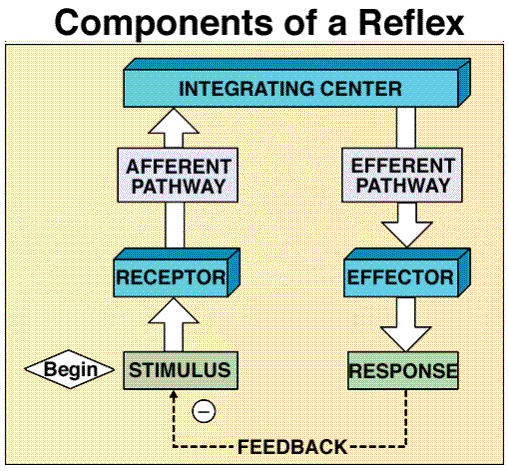
This is our model and there is always a control center or reflex center and it is usually in the nervous system and sometimes in the endocrine system. There is a concept of a set point, just like the thermostat in your home that regulates everything. There’s sensor receptors called sensory neurons that are monitoring everything in your body. It’s like the idea of a modern car with all these sensors that are feeding the info into the “brain.” The temperature info goes to a temperature center or pH info to a pH center. The information that is being sent is called the INPUT signal and it goes through the sensory (afferent) pathway. All the control center does is it COMPARES the actual temperature of your body with the desired temperature of your body. If they match, it’s a beautiful thing. If it doesn’t match, this control center sends an OUTPUT signal through the motor (efferent) pathway to provide a response through effectors.
Mnemonic to remember afferent vs efferent? A comes before E, you have the input first before you have the output. The efferent pathway goes to any of the organs that could correct the problem. Whatever the effectors (the organs such as your muscles and glands) do, is the reflex. Whatever the sensors pick up initially is the stimulus or stress.
What’s the control center? It’s job is to maintain a condition, called a parameter, constant at the set point.
All the organs in our body contract or secrete or the combination of the two. All muscles (contract), gall bladder (squirts bile), stomach (contracts and secretes), kidneys (secrete waste product). The brain, though, is not considered an effector, because it doesn’t do anything that doesn’t manifest itself physically. Your brain activates the effectors. You express your thoughts through your physical actions. If you cut the nerves between your brain and different parts of your body you will stop being able to respond. When Stephen Hawking stops being able to convey his thoughts through the twitching of his one eye, we will lose all contact with him. Relevant: The Diving Bell and the Butterfly
Three types of homeostatic reflexes
- Neural reflex. For example the control of body temperature and the knee-jerk effect. Most sensory neurons do not pass directly into the brain, but synapse in the spinal cord. This characteristic allows reflex actions to occur relatively quickly by activating spinal motor neurons without the delay of routing signals through the brain, although the brain will receive sensory input while the reflex action occurs.
- Hormonal (endocrine) reflexes. Example: Control of blood sugar.
- Neural-hormonal (endocrine) reflexes. Example: control of water balance.
Next up… learn about the regulation of body temperature, a homeostatic reflex!
Basic Physiology Primers
- The Concept of a Reference Person
- Review of Cell Membrane Structure
- The Proteins Embedded in Cell Membranes
- Fluid Compartments within the Human Body
- Movement of substances across cell membranes
- The Principle of Homeostasis
- Regulation of Body Temperature
- Inflammation and the Pathophysiology of Fever
- The Menstrual Cycle
